Maryfields and Via Crucis
Maryfields Franciscan Novitiate celebrated its first "Via Crucis" or "Way of the Cross" on Good Friday in 1936. The service depicts Christ's journey to Calvary, and consists of the 14 stations of the cross, culminating in the preaching of the Passion sermon from the final station. It was believed to be the first open air celebration of the Via Crucis in Australia, following examples from Europe and the United States. On the day itself, reportedly more than 30,000 people were in attendance. Over the years, with the closing of the Campbelltown-Camden railway in 1963, and the relocation of the Novitiate in 1983, numbers dwindled. In 1990, after two years of cancellations due to bad weather, the Stations were no longer held on Good Friday. Since 2000, there has been a resurgence of interest, and in 2010, more than 2000 people observed Good Friday at Maryfields. The following year the Friars marked the 75th Anniversary of the first "Via Crucis" at Maryfields. The Stations of the Cross(PDF, 571KB) have Historical, Cultural and Social significance - they have played part of an important religious ceremony for Campbelltown – especially so for Catholics, and are on the Local Heritage Register.
The image below shows a group of unidentified monks holding crosses during Via Crucis - The Way of the Cross, "Maryfields", Narellan Road, Campbelltown in 1936.
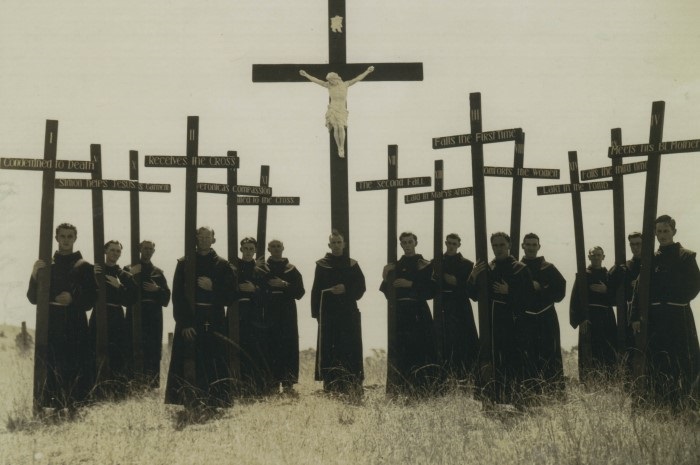
Crowds taking part in the Way of the Cross service. In the 1930s, the old Rudd family estate off Narellan Road – Maryfields – was donated by Sarah Mary Keane to the Catholic Franciscan Fathers. In 1937, they launched the first "Stations of the Cross" event, pictured here, which drew massive crowds that poured across the paddock from the Camden railway.
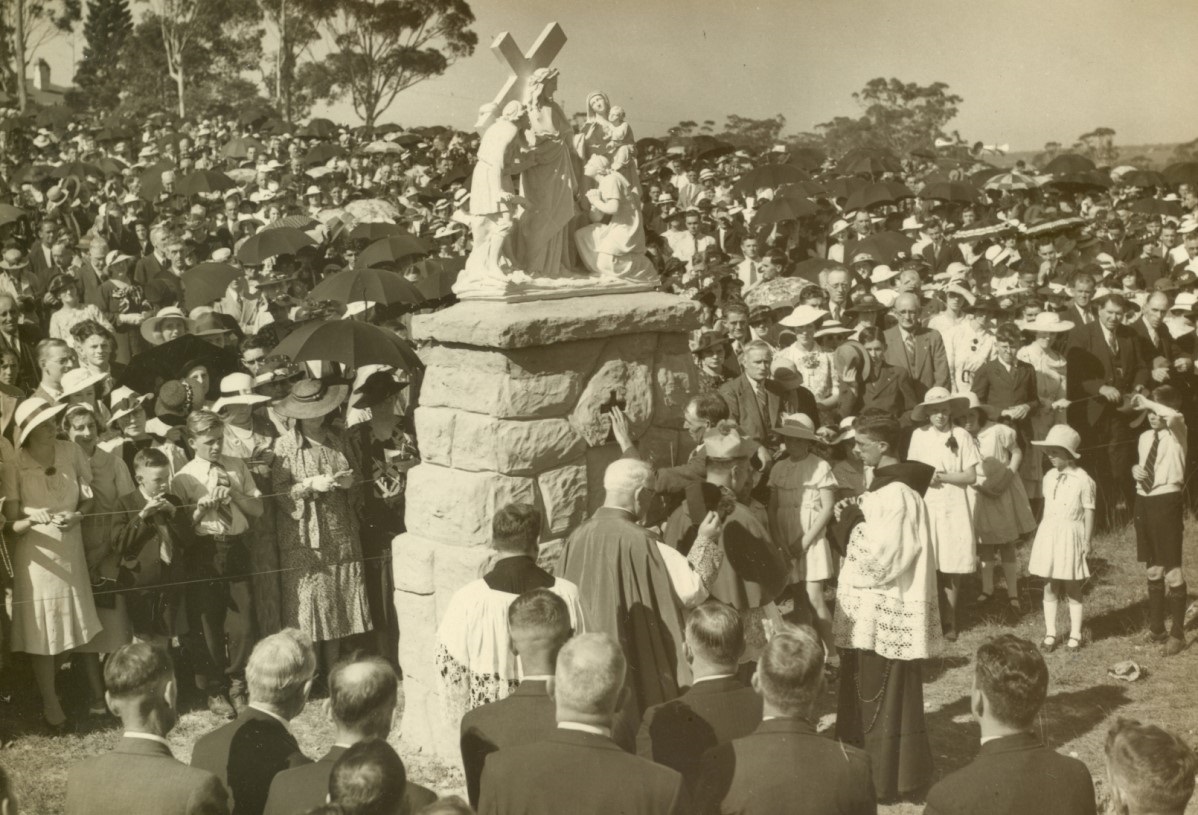
(Images sourced from Franciscan Provincial Office Collection, Campbelltown City Library)
Beverley Park
In 1938 a crowd of about 900 gathered for the opening of the Beverley Park Home for Crippled Children. The mansion was generously given as a gift to the New South Wales Society for Crippled Children by Mr and Mrs Herbert Yates. Who gave the house and its 30 acres of land to the Society to be used as it saw fit. An enormous amount of voluntary labour was given to organise and prepare the home. It was envisaged as a centre for the rehabilitation of crippled children undergoing treatment. Locals rallied around the home and their activities in fund raising with various social events were always in the news. By 1939, a total of 169 children enjoyed rest and holiday care at Beverley Park. Today Beverley Park School delivers quality educational programs for students from Kindergarten to Year 12, with a moderate or severe intellectual disability. Most students have additional or multiple disabilities which may include physical disabilities, sensory impairment, autism and complex needs.
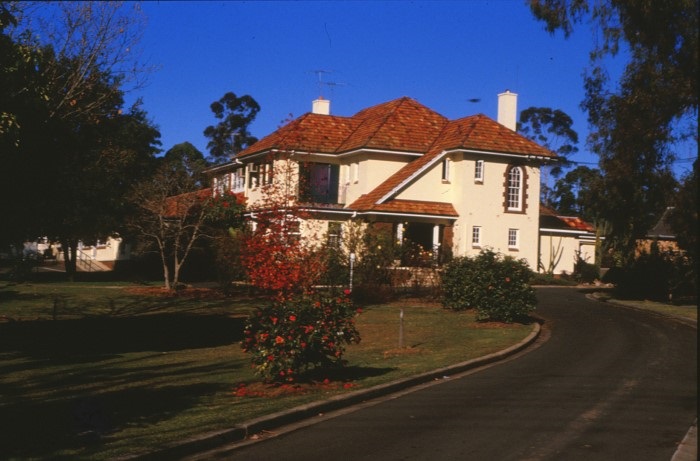
(Image sourced from Bruce Hatfield Collection, Campbelltown City Library)
Sunnyside Tennis Court
Hazel Rutter of Campbelltown at the private ‘Sunnyside' tennis court erected on the Routley farm off Macquarie Avenue in the 1920s. In the more desperate Depression era of the 1930s, it became a cheap and popular source of recreation for locals.
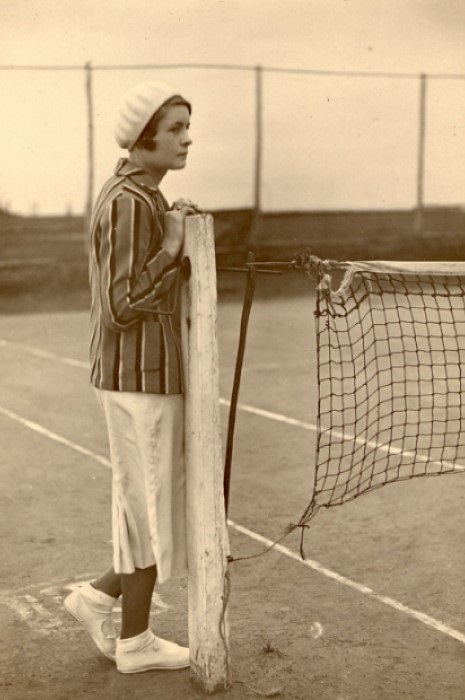
(Image sourced from Pam Bonomini Collection)
Farming in Macquarie Ave
Arthur Routley ploughing his family farm on the high point of Macquarie Avenue near Broughton Street. In the background, across the valley, is the "Soldiers' Settler" farms along Waminda Avenue and the Smiths Creek bushland behind.
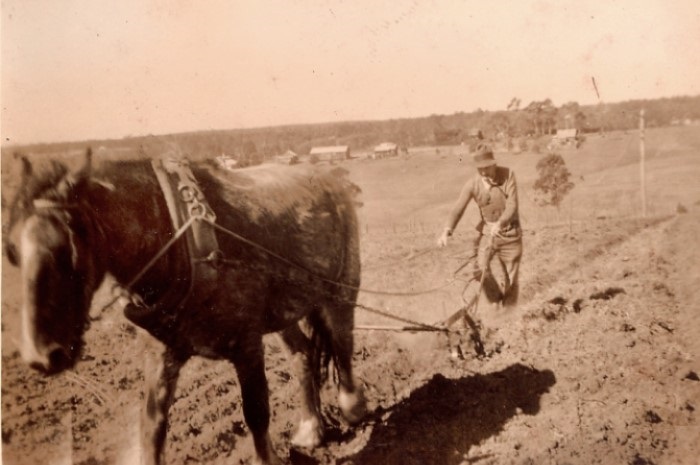
(Sourced from Pam Bonomini collection)
Campbelltown Railway Station Goods Yard
A truck on the weighbridge at Campbelltown railway station(PDF, 312KB) goods yard in the 1930s, near the present-day site of Campbelltown Council. Note the classic KB lager billboard.
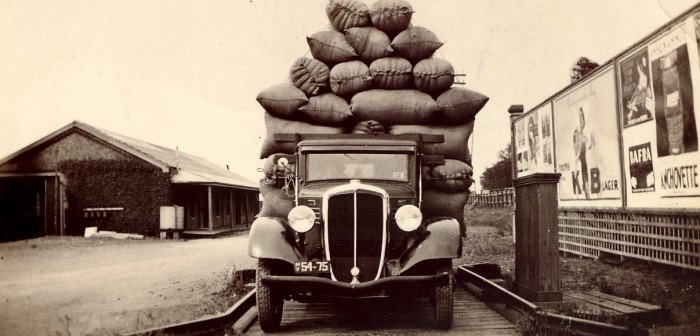
(Image sourced from Kidson Family Collection)
Visits to Cataract Dam
Young Campbelltonians visiting Cataract Dam in the 1930s.
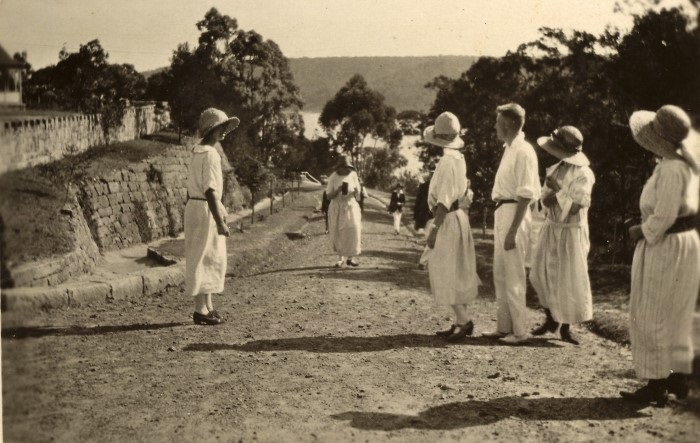
(Image sourced from Nash Family Collection)
Family picnic
The McGill family enjoying a picnic own the bush near present-day Simmos Beach in the 1930s. At left is their relative, Alan Roberts, an Ingleburn farmer who occasionally hired a young bloke called Greg Percival to pick pea crops on his farm – the same Greg Percival that Ingleburn Library is now named after.

(Image sourced from McGill Family Collection)